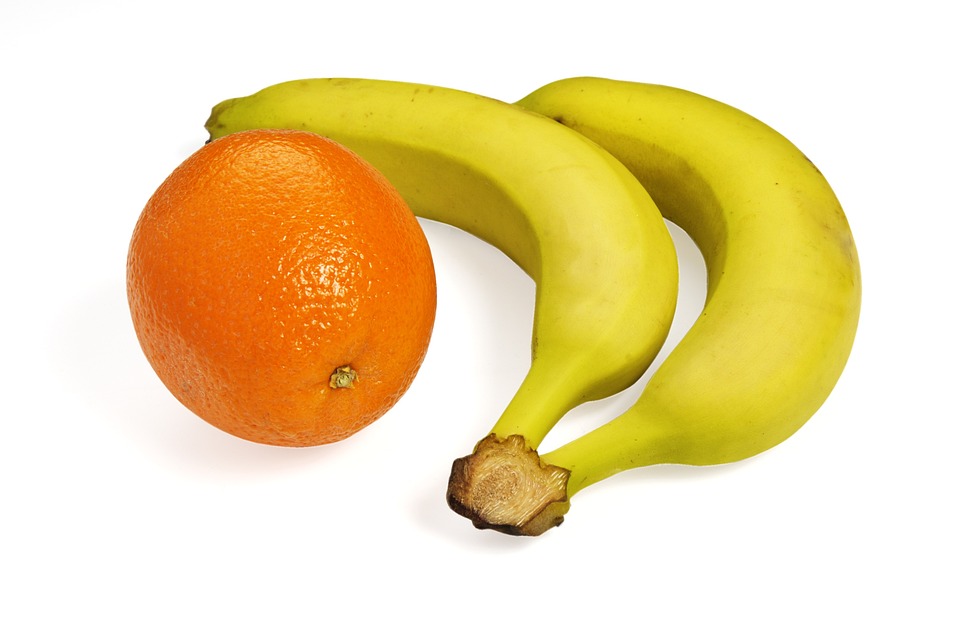The Energy of Perspective in Pictures
The Energy of Perspective in Pictures
Pictures is an artwork of capturing moments, whether or not it is a panorama, portrait, or nonetheless life. There are a number of points that make images profitable, however probably the most essential ones is perspective. Perspective in images determines the orientation or viewpoint of the shot. It takes the composition of the {photograph} to a brand new degree and directs the viewer to see past what they’re being proven and interpret the story behind the {photograph}.
The idea of perspective is similar in images as it’s in every other type of artwork. It is concerning the viewer’s visible expertise, and that varies relying on the notion of the photographer. Photographers use completely different angles, methods, and lenses to create completely different views of their pictures.
The ability of perspective in images is immeasurable. It is by perspective {that a} {photograph} tells a narrative, conveys emotion, and communicates an concept. Even essentially the most mundane objects can look extraordinary and visually interesting when seen from a distinct perspective. As a photographer, incorporating perspective into your work could possibly be the distinction between a mean and an distinctive {photograph}.
Sorts of Views in Pictures
There are a number of varieties of views in images, they usually all play a vital position in creating an impactful {photograph}. These views are:
1. Eye-Stage Perspective
That is the commonest perspective utilized in images. It is the place the photographer captures the scene from a mean particular person’s viewpoint, normally from a standing place.
2. Low-Angle Perspective
A low-angle perspective is when the photographer captures the topic from beneath. This might imply crouching, laying on the bottom, or utilizing a tripod positioned nearer to the topic.
3. Excessive-Angle Perspective
In a high-angle perspective, the photographer captures the topic from above. This offers the viewer a chicken’s eye view of the topic and is usually used to painting a sense of vulnerability.
4. Huge-Angle Perspective
A large-angle perspective is when the photographer makes use of a wide-angle lens to seize a broader view of the scene. That is generally utilized in panorama images to depict grandeur and depth.
5. Telephoto Perspective
A telephoto perspective is when the photographer makes use of a telephoto lens to seize the scene from a distance. That is generally utilized in portrait images to create a shallow depth of area, which pulls consideration to the topic’s face and eyes.
The Significance of Perspective in Pictures
Perspective is essential in images as a result of it enhances the visible expertise of the viewer. It permits the viewer to see the world from a distinct viewpoint, which is important in storytelling. Perspective is what makes images distinctive, and it is what units it other than different types of artwork.
For instance, {a photograph} of a constructing shot from eye-level can look mundane, but when taken from a low-angle perspective, it could look grand and monumental. A low angle may also make the topic seem bigger than it truly is, which creates a sense of dominance or energy.
One other instance is in portrait images, the place completely different angles can fully change the sensation of the {photograph}. A photograph taken from a low-angle could give a way of power, whereas a high-angle shot can create a sense of vulnerability.
FAQs
1. What’s perspective in images?
Perspective in images is the orientation or viewpoint of the shot. It takes the composition of the {photograph} to a brand new degree and directs the viewer to see past what they’re being proven and interpret the story behind the {photograph}.
2. How does perspective improve images?
Perspective is essential in images as a result of it enhances the visible expertise of the viewer. It permits the viewer to see the world from a distinct viewpoint, which is important in storytelling. Perspective is what makes images distinctive, and it is what units it other than different types of artwork.
3. What are the varieties of views in images?
The varieties of views in images are eye-level perspective, low-angle perspective, high-angle perspective, wide-angle perspective, and telephoto perspective.
Exterior Hyperlinks
1. https://digital-photography-school.com/the-power-of-perspective-in-photography/
2. https://www.fotor.com/weblog/the-power-of-perspective-in-photography/
3. https://www.picturecorrect.com/ideas/the-power-of-perspective-in-photography/



